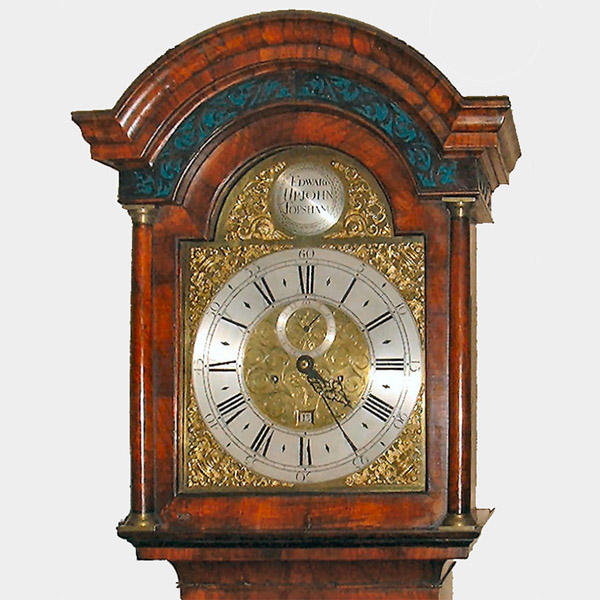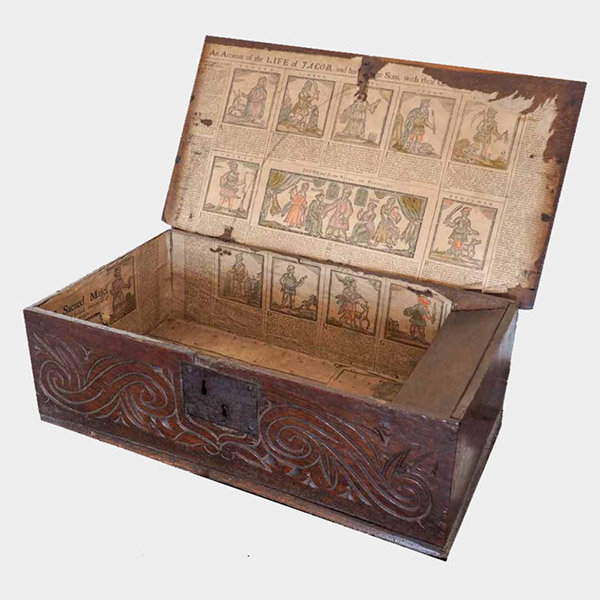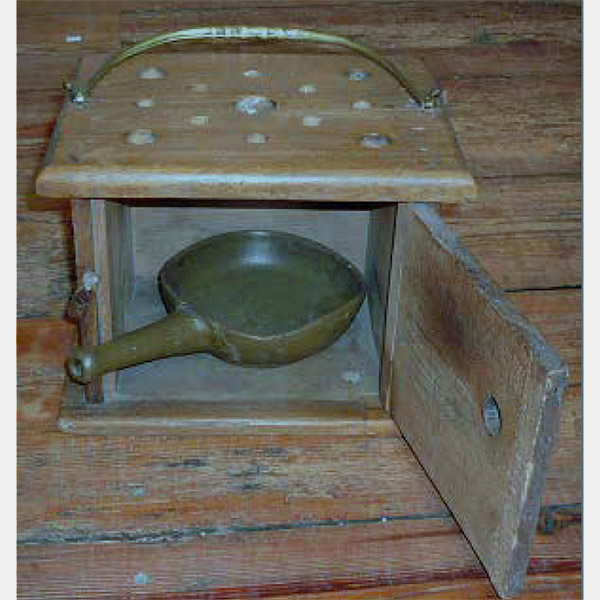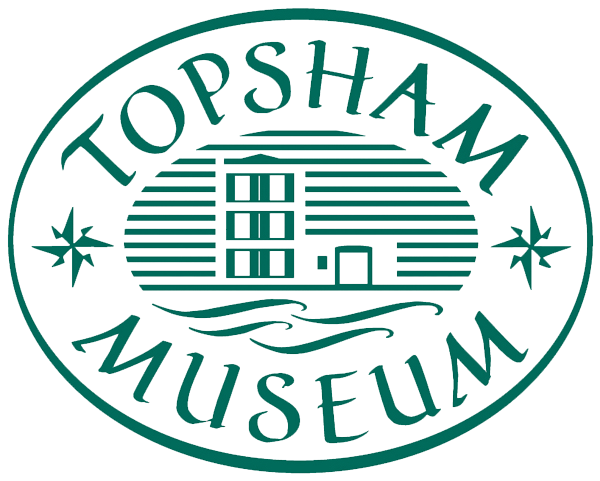The Merchant’s House was built in 1688 and is one of the finest Dutch-influenced properties along Topsham’s best known address, Strand.
Our museum looks at how houses of this kind were built, often using small Dutch bricks with designs which make the influence of the trade with Holland very clear. We also hold details about the owners of 25 Strand, the building that is now part of Topsham Museum.
1700 was the town’s golden age and we have a bedroom and parlour furnished as in that period. Typical decorations show reproduction of early wallpaper and the bed hangings, based on historic hangings bearing local motifs.

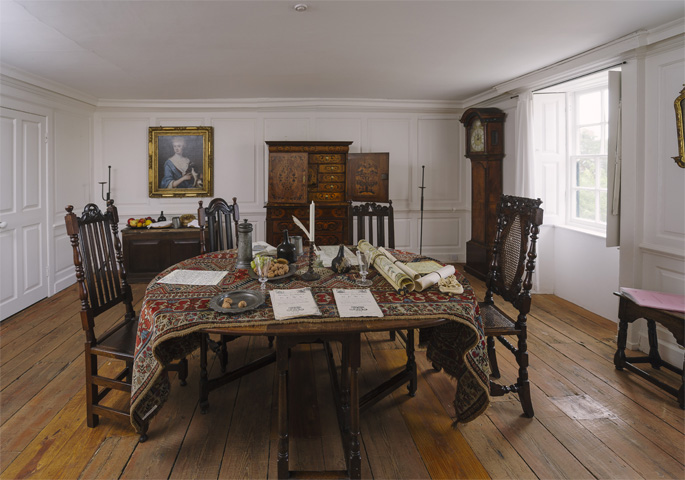
The parlour is a panelled room with wooden chests, chairs and a table from the period, and is completed with a bible box and King James bible of 1726.
Our clocks are all working and the parlour holds an Edward Upjohn clock.
Loans from London’s Victoria and Albert museum complete the displays, including a magnificent cabinet dated 1688 with elaborate holly and rosewood marquetry.
